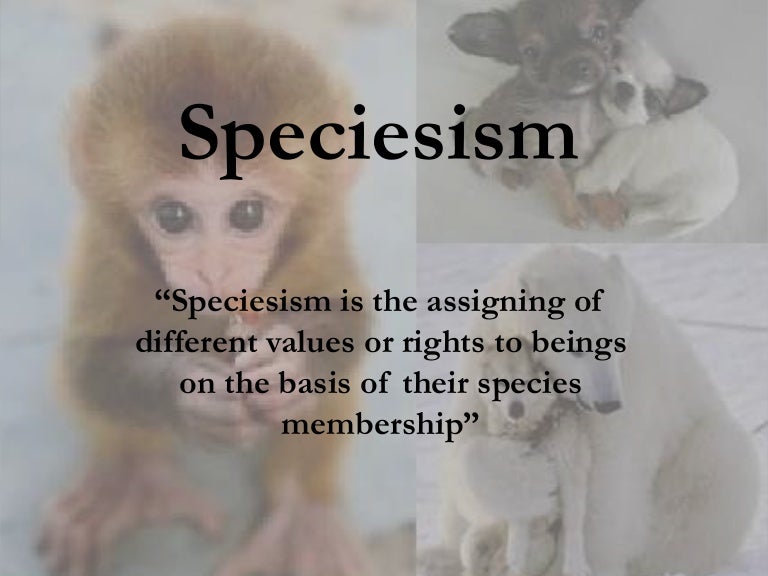Speciesism is the assignment
of different values, rights, or special consideration to individuals
based solely on their species.


One way that foxes are treated differently than other animals is those specific animals that are treated as companions for humans. These specific foxes might be allowed into a home, and be handled by humans. Wild foxes rarely get handled, let alone get close enough to be in range of humans. It can be argued that foxes can be held in higher esteem in comparison to other wildlife animals, because they have been seen as pets.
However, they are not as close to normal household pets as the dog may be, because they are still farmed for their fur, which is reserved to a few different species, such as the mink and rabbit. People wouldn't think of making a dog fur coat, for example.
Still in other instances, they are still viewed simply as pests, as they have for centuries.
The jury is still out on what exactly a fox is to people, and has a wide range of opinions and thoughts, making it very hard to lock down on answer. As time continues on there might be a radical shift as domesticated foxes become more prevalent in the United States and elsewhere.
Sources:
http://en.wikipedia.org/wiki/Speciesism
http://www.wildlifeonline.me.uk/red_fox.html#humans
http://web.extension.illinois.edu/wildlife/directory_show.cfm?species=redfoxhttp://cdn.slidesharecdn.com/ss_thumbnails/speciesism-111001144845-phpapp01-thumbnail-4.jpg?cb=1317498589






